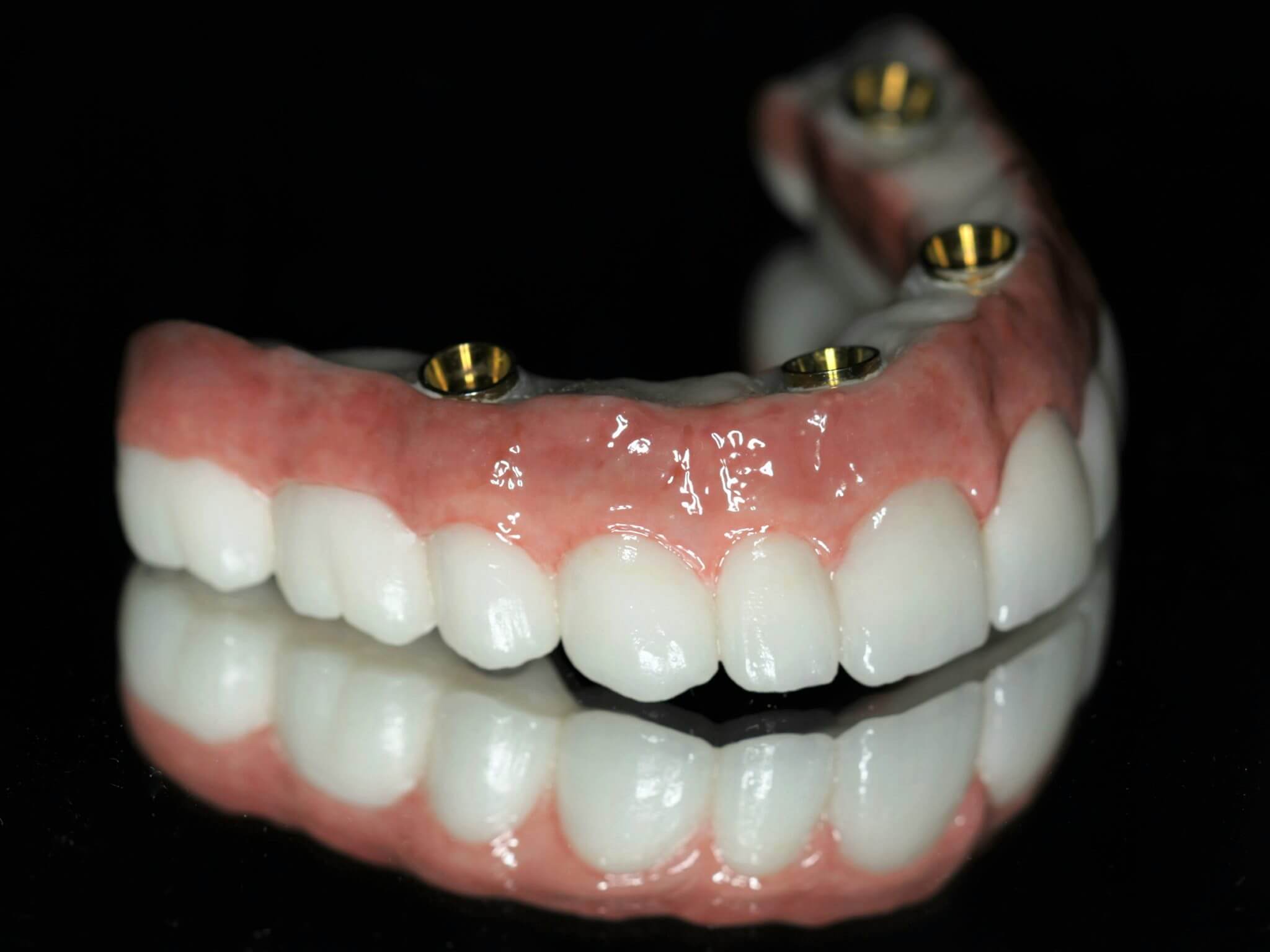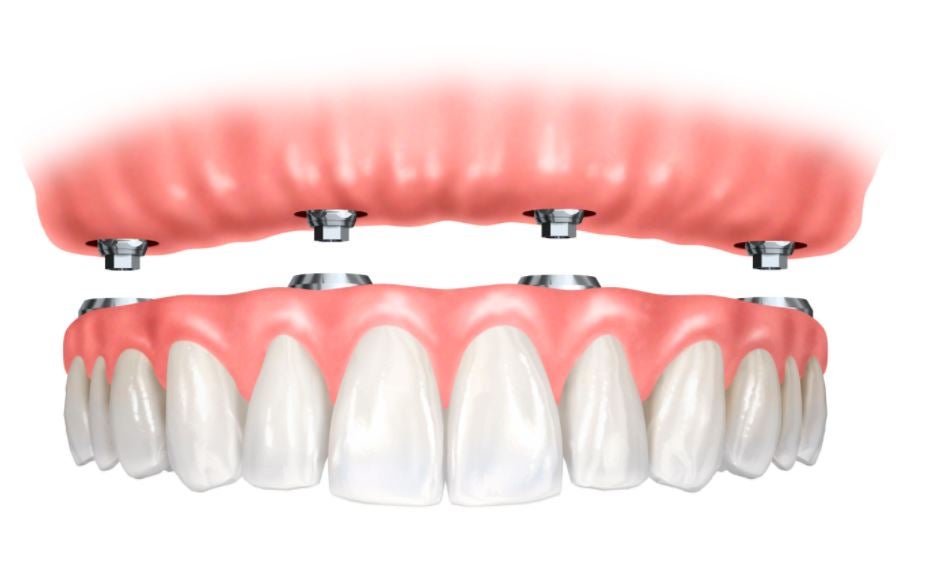Some Of Dental Sense
Table of ContentsEverything about Dental SenseWhat Does Dental Sense Mean?Get This Report on Dental SenseAbout Dental Sense
are medical tools surgically dental implanted into the jaw to restore an individual's ability to eat or their look. They supply support for fabricated (phony) teeth, such as crowns, bridges, or dentures. When a tooth is lost because of injury or condition, an individual can experience difficulties such as quick bone loss, defective speech, or adjustments to chewing patterns that result in discomfort.Dental implant systems contain an oral implant body and dental implant abutment and might also include an abutment addiction screw. Root canal procedure. The dental implant body is operatively inserted in the jawbone in place of the tooth's origin. The dental implant joint is typically affixed to the dental implant body by the abutment fixation screw and prolongs via gums right into the mouth to support the affixed artificial teeth
(https://hub.docker.com/u/dentalsense1?_gl=1*1hbckpe*_ga*NDQyNDY0NDI5LjE3MzY1MTc3NTQ.*_ga_XJWPQMJYHQ*MTczNjUxNzc1NC4xLjEuMTczNjUxODA1MC42MC4wLjA.)Framework of The Oral Implant System picking oral implants, talk with your oral copyright about the prospective benefits and dangers, and whether you are a candidate for the procedure. Things to take into consideration: Your overall health is a crucial factor in figuring out whether you are a good candidate for oral implants, for how long it will require to heal, and how much time the implant might remain in area.
Smoking may affect the recovery process and lower the long-lasting success of the dental implant. The healing process for the dental implant body might take a number of months or longer, throughout which time you usually have a short-lived abutment in location of the tooth. the dental implant procedure: Very carefully adhere to the oral health directions provided to you by your oral provider.
How Dental Sense can Save You Time, Stress, and Money.
Implant failure can lead to the requirement for another surgery to deal with or replace the implant system. Brings back the ability to eat Recovers cosmetic appearance Helps keep the jawbone from diminishing as a result of bone loss Preserves the health and wellness of the surrounding bone and periodontals Assists maintain adjacent (neighboring) teeth stable Improves lifestyle Damages to bordering all-natural teeth throughout implant positioning Injury to the surrounding tissues throughout surgery, such as sinus opening Injury throughout surgical procedure (as an example, crack of bordering jawbone) Insufficient feature, such as seeming like the teeth do not attack with each other typically A feeling that the tooth is loosened or turning in position resulting from an abutment screw loosening Implant body failure (looseness of the dental implant body) because of systemic infection, which might be more probable in people with uncontrolled diabetes due to neighborhood infection in bone and gum tissues supporting the dental implant body due to delayed recovery, which may be more probable in individuals who smoke Trouble cleaning the gum tissues around the dental implant, causing poor oral health Without treatment periodontal disease Post-surgical tingling as a result of nerve impingement or damage Constantly notify wellness treatment providers and imaging service technicians that you have dental implants before any type of magnetic vibration imaging (MRI) or x-ray procedures.
FDA is not aware of any type of negative occasions reported for MRI or x-ray treatments with oral implants. Dental implants systems are generally constructed from products that comply with global consensus standards of the International Company for Standardization (ISO) or ASTM International. These criteria have information of what makes a secure product.

A dental implant is a structure that replaces a missing tooth. With screw-like tools, the surgeon inserts an implant right into the jawbone, and it functions as a support for a synthetic tooth, called a crown. A tool called a joint links the synthetic tooth to the oral implant. The crown is customized to fit the person's mouth and match the color of their teeth.
See This Report about Dental Sense
Some individuals are not qualified for oral implant surgical treatment. It is for dental cosmetic surgeons to operate on people with: acute illnessuncontrollable metabolic diseasebone or soft cells illness or infectionIf these concerns are dealt with, a person can have the surgery. In, oral surgeons abstain from running on people with: If people with any one of the above undertake dental implant surgery, there is a higher danger of the dental implant stopping working.

Dental dental implant surgery is an individualized procedure. Give you time to heal. Affix the article and last crown, bridge or denture.
Next off, your cosmetic surgeon will meticulously position the oral implant into your jaw. Your specialist will certainly reposition your periodontals and shut the laceration with stitches. If your dental implant is near the front of your mouth, your dentist will make a temporary tooth for you to use till you recover. That means, you will not have a void in your smile while you recoup.
The Of Dental Sense
During the healing stage, your jawbone should fuse to the dental implant. This procedure can take anywhere from three to nine months.
Once your dental implant heals, your dental practitioner can connect the abutment (tiny port post) and your final repair (crown, bridge or denture). This generally takes concerning one hour to finish and might need a 2nd minor surgery. You should not really feel any kind of pain throughout your oral implant procedure because your provider will make use of medication to numb your periodontals.